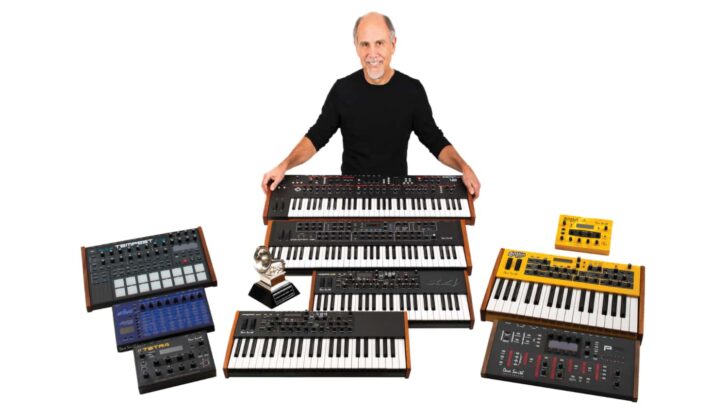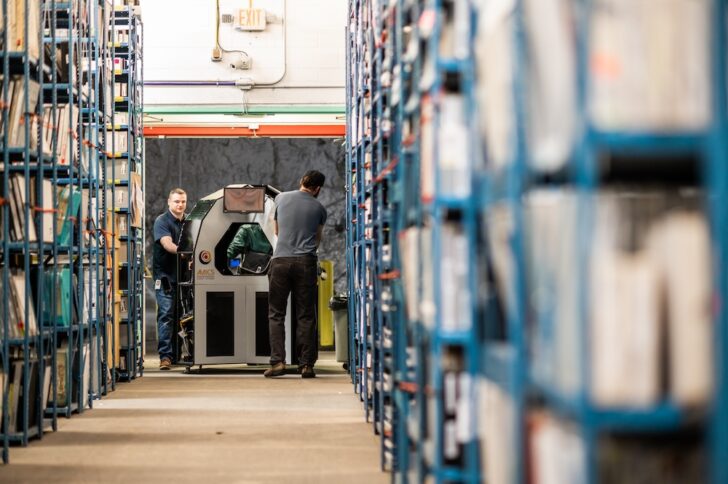Roland introduces Fun + Affordable AIRA Compact P-6 Creative Sampler
Roland Aira Compact range already had a couple of synths, a beat machine and a voice tweaker, and now it has also include a sampler.
Today, Roland introduced the P-6 Creative Sampler, a device that the company says “packs renowned Roland sampling technology into a pocket-size gadget with sophisticated granular sound design options and a powerful sequencer”.
The Roland P-6 Creative Sampler, to be precise – a pocket-sized, portable device that enables you to capture, tweak, play and sequence sounds on the go.
The P-6 features an onboard mic, intuitive controls, a USB-C audio/MIDI interface, and a versatile selection of hands-on MFX, making the instrument a powerful and portable sampling option.
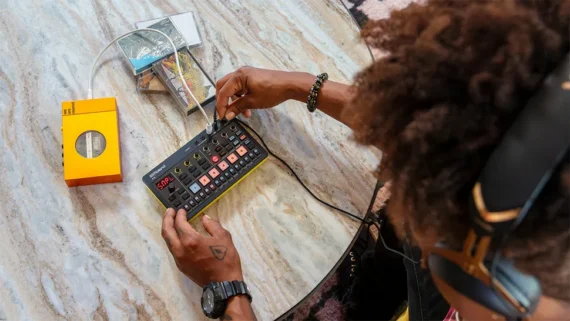
That sound like a pretty enticing combination to a lot of people. You can sample using the built-in mic, analogue inputs or from your smartphone over USB-C, and these samples can be chopped and triggered using the built-in keyboard.
There are step sampling and resampling features, while the hands-on MFX effects include Vinyl Simulator, DJFX Looper, Stopper, Lo-fi, Scatter, Phaser, Resonator and more.
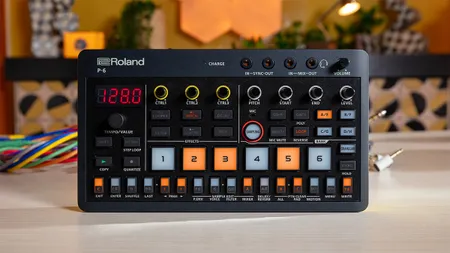
In addition, the P-6 features 64-step deep sequencing with creative features such as motion recording, probability, micro-timing, off-grid sequencing, and sub steps. With the Step Loop function, it’s enables real-time manipulation so that you can improvise live and generate stutter effects.
Granular sampling tools in the P-6 enables you transform tiny sounds into sonic landscapes, with the ability to detune samples, adjust the grain shape, play with head position, head speed, spread, and more.
We certainly like the sound of being able to sample directly into the P-6, but if you’d rather prepare sounds on a Mac or PC, you can do so in the dedicated SampleTool software. As well as offering click removal, editing and normalisation features, this also has a downsampling option for a grittier, lo-fi sound.
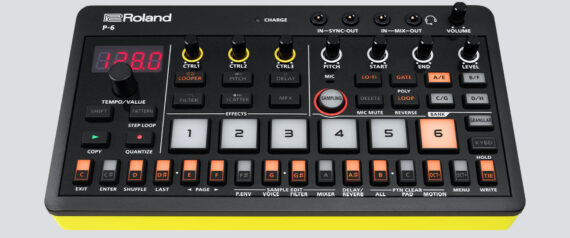
Features:
- Pocket-size sampler
- Built-in mic for quick sample capture
- Chop function for slicing samples into segments for easy playback from the onboard keyboard
- Step Sampling to quickly create individual split samples assigned to a single pad and playable on the keyboard
- Resample internal audio to create new sounds and capture custom loops
- Trigger any sample on the keyboard using chromatic and polyphonic playback
- Dedicated filter and envelopes for each sample
- Edit samples and import/export sounds with the P-6 SampleTool software for macOS and Windows
- Extensive granular sound parameters, including detuning, head position, head speed, spread, grains, and much more
- 64-step sequencer with motion recording, probability, micro-timing, off-grid sequencing, sub steps, and more
- Customize sounds with 20 curated MFX plus dedicated delay and reverb
- Comprehensive connectivity with audio, MIDI, and sync I/O plus AIRA Link
- Class-compliant USB-C audio/MIDI interface for plug-and-play audio streaming with computers, phones, and tablets
- Lithium-ion battery with up to 3 hours of operation per charge
- Sturdy construction, high-quality controls, and rubber pads
- Connect to other AIRA Compacts and standard MIDI devices with optional BOSS TRS MIDI cables
Of course, a lot of what’s described above can be achieved in several mobile apps, but there’s an argument to say that sampling on the P-6 will be a more fun and tactile experience. Additionally, you can connect and sync it to the other Aira Compacts – the S-1 Tweak Synth, T-8 Beat Machine, J-6 Chord Synthesizer, and E-4 Voice Tweaker – if you happen to own one or more of those.
The Roland AIRA Compact P-6 Creative Sampler is available now with a street price of about $220.
